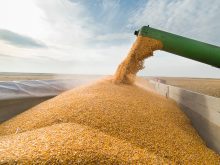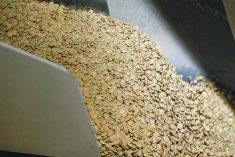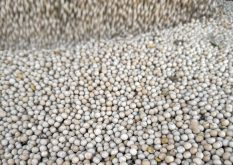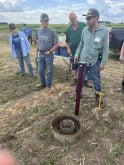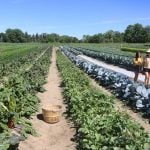SASKATOON — North American grain farmers will have to wait awhile before they see break-even conditions, says a banker.
“We’ll probably have another two years of this,” said Steve Nicholson, global strategist of grains and oilseeds with Rabobank.
Grain prices are unlikely to rally much due to a global glut of the major crops.
Read Also
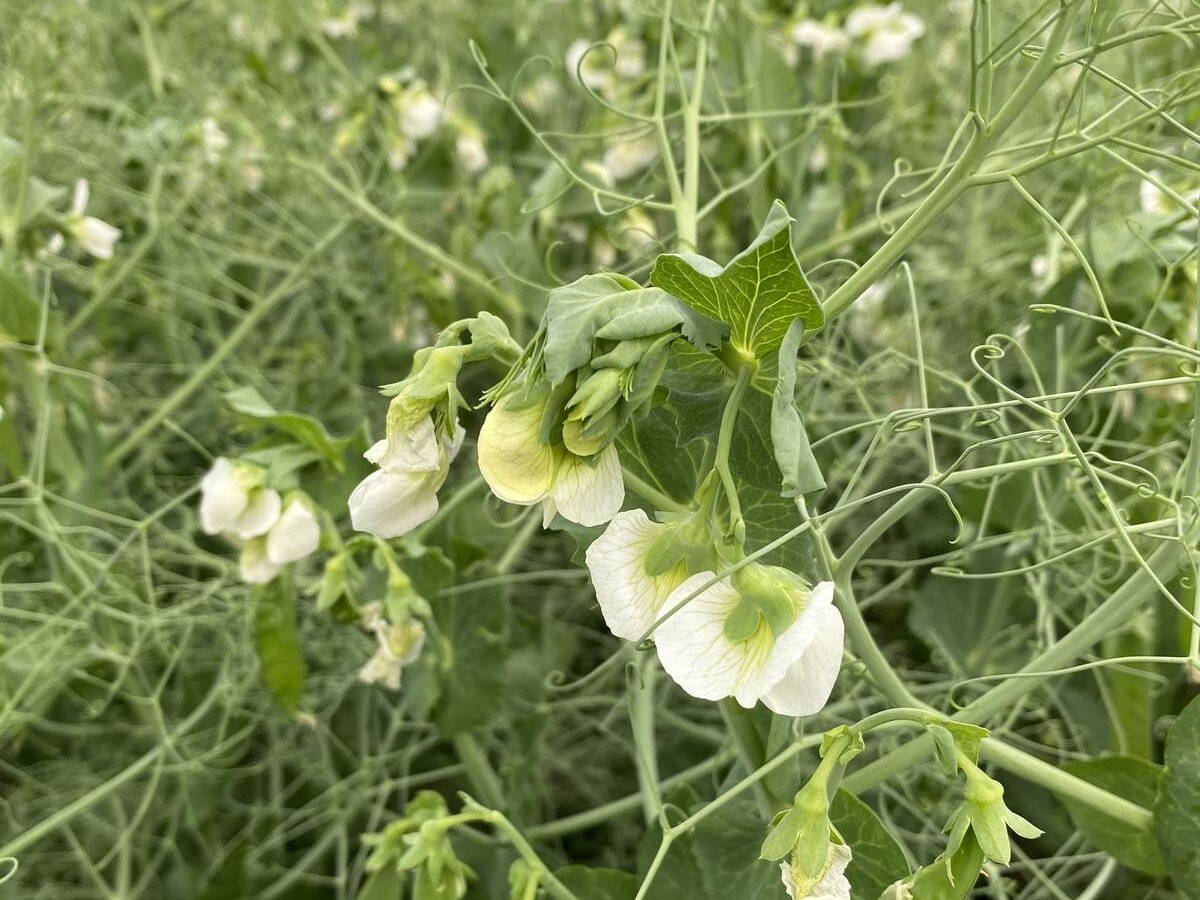
India slaps 30 per cent import duty on yellow peas
India has imposed a 30 per cent duty on yellow pea imports with a bill of lading date on or after Nov. 1, 2025.
“We have monster supplies,” he told reporters attending the bank’s Fall Harvest Outlook webinar.
Why it Matters: Grain farmers need to know when their operations will be profitable again
Nicholson said it is hard to come up with an outlook for the sector in an environment of trade spats, tariffs and shifting government policy.
“With all the things swirling around, I’m back to the fundamentals,” he said.
He looked at U.S. corn prices dating back to 1900 and discovered that every 25 to 35 years, prices bump up to a new plateau.
Nicholson believes the grain sector is in year 17 of the current plateau, where corn prices have a floor of US$3 per bushel and a ceiling of $7.
Current prices are closer to the bottom of that range than the top due to the large supplies.
He also noted that the price range in the current plateau is a whopping $4 per bu., when in previous plateaus it was $1 to $1.50. That means there is more price volatility.
Nicholson suspects it will be a supply-side shock that jolts the market out of the current doldrums rather than a demand-side shock.
There have been 18 year-over-year declines in global production of the four major crops (corn, soybeans, rice and wheat) since the 1960-61 crop year, most of which were caused by drought.
There have only been five times since 1960-61 where domestic consumption of the major crops has dropped and that was by a fraction of a percentage point.
“Any shortfall in production can move the market very quickly,” he said.
Nicholson pointed out that while global stocks are in the top 10 per cent of all-time, the stocks-to-use ratio has been falling every year since 2018-19, a sign that the increase in stocks is not keeping up with the increase in demand.
He also noted that while the volume of stocks has increased, the amount of corn, wheat and rice in the hands of the major exporting countries is low.
“Free stocks are not highly available,” he said.
Soybeans are the exception to the rule, with exporters holding 56 per cent of the stocks.
Nicholson said North American farmers are at the bottom of the typical row crop cycle, where operating capital is drying up.
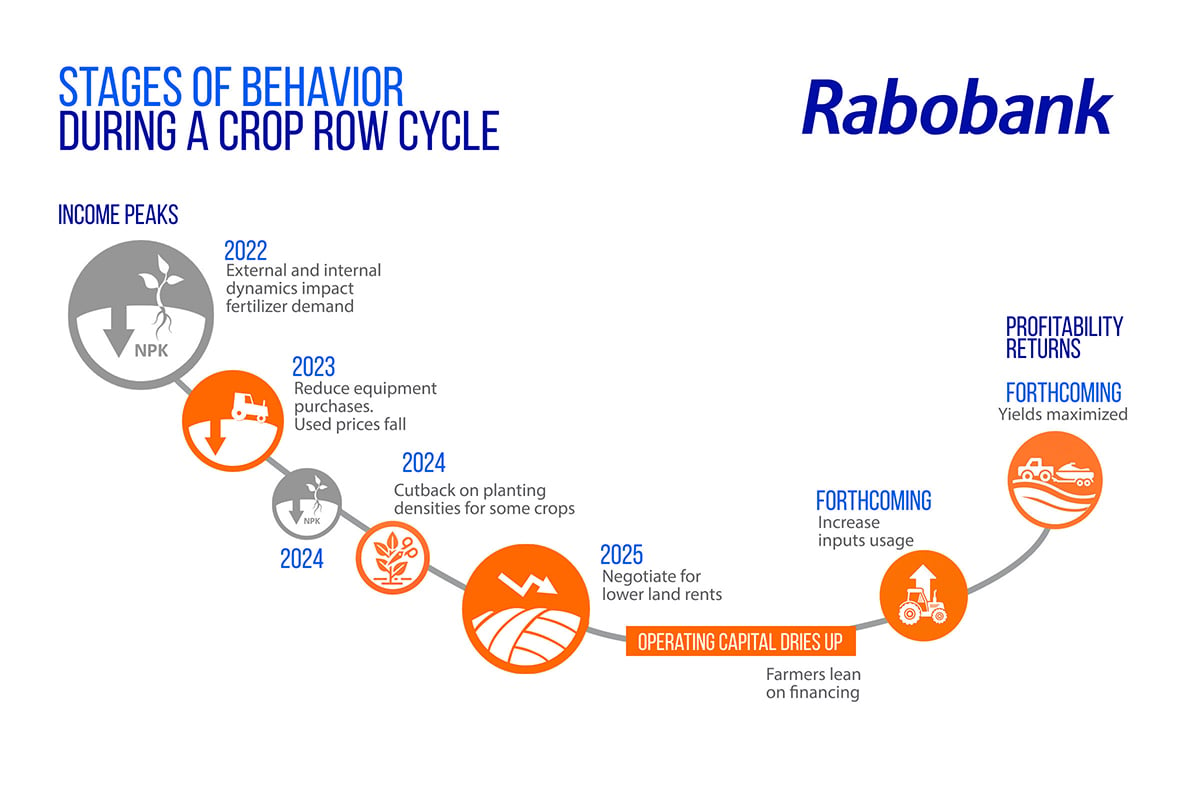
Farmers are drawing down their operating lines of credit by more than 50 per cent per year, compared to the usual 20 per cent.
They are cutting back on inputs and machinery purchases and attempting to renegotiate land rents.
However, Nicholson said there will probably be two more crop years of losses before farmers once again break even in 2027-28.
That is partially because input costs have been “stickier” than usual. They are coming down, but not fast enough.
U.S. farmers are not doing enough to cut back on inputs, partially because they will be receiving about $40 billion in government payments in 2025, which will be close to the largest subsidy program on record.
Owen Wagner, Rabobank’s grains and oilseeds analyst, thinks current market conditions favour U.S. farmers increasing soybean acres and decreasing corn plantings next year.
However, that could change if trade talks between the United States and China fizzle.




